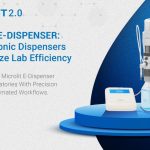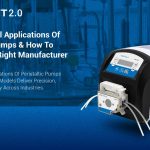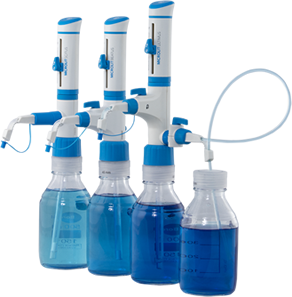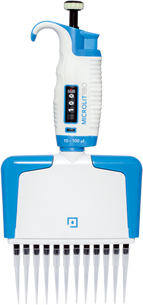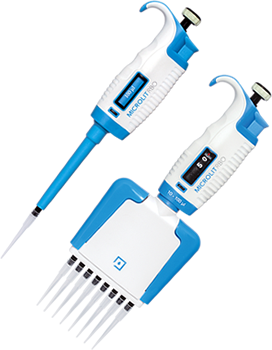Precise liquid handling in laboratory settings is critical for conducting experiments and obtaining reliable results. The terms “pipet,” “pipette,” and “micropipette” are frequently used to describe instruments intended for this purpose. While these terms are sometimes used interchangeably, they refer to different types of instruments that serve specific purposes.;
-
What is a Pipet?
The term “Pipet” typically refers to a laboratory instrument used for transferring small quantities of liquids. It can refer to both traditional glass pipets and modern plastic pipettes used in various scientific applications.
-
What is a Pipette?
This spelling is often used interchangeably with “pipet” in many contexts, especially in general usage. It refers to the same instrument used for liquid handling in laboratories.
-
What is a Micropipette?
The “Micropipette” specifically refers to a type of pipette used for accurately measuring and transferring very small volumes of liquid, typically ranging from microliters (µL) to milliliters (mL).
Pipet vs. Pipette vs. Micropipette: Understanding the Differences
“Pipet” and “Pipette” generally refer to the same type of instrument: a device that transfers small volumes of liquid from one container to another. The choice between the terms often depends on regional spelling preferences. Pipette is commonly used in British English and “pipet” in American English. These instruments come in various types, including glass pipettes, plastic pipettes, and electronic pipettes. Scientists use them across a wide range of disciplines, from biology to chemistry, for tasks such as titration, reagent addition, and sample preparation.
Micropipettes, on the other hand, are a specific category of pipettes, designed for extremely precise measurements of very small liquid volumes, typically in the microliter (µL) range. They are essential tools in molecular biology, biochemistry, and clinical laboratories, where accurate measurements are critical. Micropipettes are usually adjustable, allowing users to set the desired volume, and they often come with disposable tips to prevent cross-contamination. They can be manual or electronic, with electronic micropipettes offering enhanced precision and ease of use.
Understanding these differences is critical for choosing a suitable instrument for specific laboratory tasks and ensuring accuracy and efficiency in scientific experiments.





 10340
10340